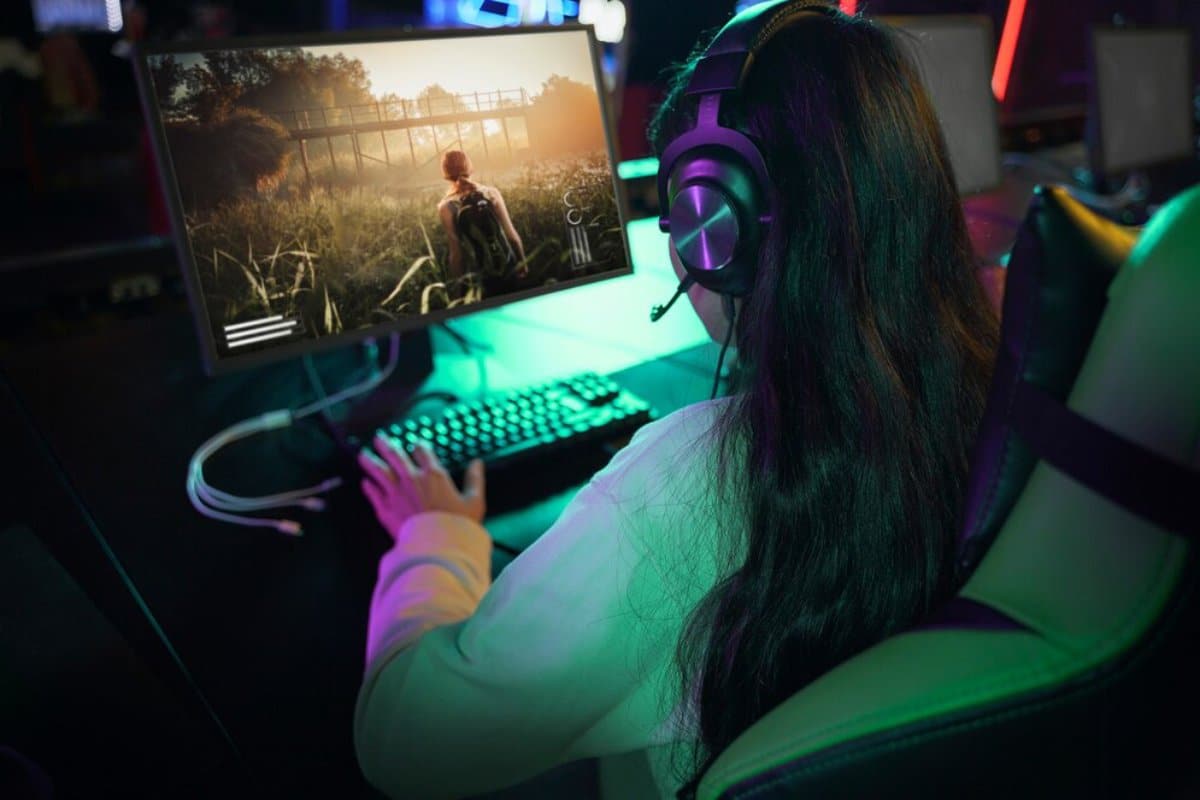
Colourblind & Audio Accessibility in FPS Titles: Enhancing Inclusivity in Gaming
In the fast-paced world of FPS games, quick choices can lead to victory or defeat. Yet, accessibility is often ignored. For gamers who are colorblind or hard of hearing, the lack of inclusive design can be a big challenge. By 2025, the gaming industry will recognise how important accessibility is. They are working hard to make sure everyone can enjoy FPS games. This blog will discuss why colorblind and audio accessibility matter in FPS games. We will explore how these features can change the gaming experience for many players. If you’re a developer, gamer, or just curious about gaming’s evolution, it’s important to understand these aspects.
Key Benefits
Breaking Down Barriers
For many players, FPS games are not just a hobby. They connect with others, relieve stress, and enjoy competition. However, for people with colour blindness or hearing issues, these games can be challenging. Colourblind FPS features and sound accessibility aren’t just tech upgrades. They are key tools that break down barriers so everyone can enjoy gaming fully.
Real-Life Applications
Consider a player with deuteranopia, a common form of red-green colour blindness. It can be hard to tell friends from foes in a typical FPS game. This is especially true when team colours are red and green. Developers can improve gameplay for colourblind players by adding colourblind modes. These modes change the colour palette, making key differences more straightforward.
Sound accessibility features, such as visual sound indicators and directional audio mapping, assist players with hearing difficulties and provide important in-game information. Games like Rainbow Six Siege and Fortnite now have real-time indicators. These show footsteps, gunfire, and other sounds, helping players who depend on visual cues stay competitive.

Expanding the Community
Making things easier to access helps everyone, not just those with impairments. It also grows the whole player base. Making games accessible allows friends and families to play together, regardless of their challenges. Inclusivity builds a stronger community. Here, everyone has support and no one feels left out.
Data-Backed Insights
Research shows that about 8% of men and 0.5% of women worldwide have some type of colorblindness. In the UK, millions of gamers could benefit from better accessibility features.
The World Health Organisation estimates that over 5% of people globally, or about 430 million, have hearing loss that affects their hearing ability. These stats show a large audience that inclusive game design can better serve.
The 2024 Game Accessibility Report showed that over 70% of players with accessibility needs would recommend a game. This is true if the game makes them feel seen and supported. This shows the tangible social and commercial value of accessible design.
Additional Expert Tips & Common Mistakes to Avoid
Best Practices for Developers
- Implementing Colourblind Modes:
- Customisable Palettes: Let players pick from different colour schemes. Options include Deuteranopia, Protanopia, and Tritanopia modes to meet their needs.
- Contrast Adjustments: Ensure essential gameplay elements—like enemies, allies, objectives, and loot—stand out against the background. Use bold outlines or different markers to help them stand out.
- Enhancing Sound Accessibility:
- Visual Sound Cues: Show icons for in-game sounds like reloads, footsteps, and gunfire. Directional sound arrows can also help players detect where a sound is coming from.
- Subtitles and Captions: Go beyond traditional subtitles. Add speaker labels, background noise notes, and tone indicators (like [angrily] or [softly]) for full context.
- Allowing Per-Player Customisation:
- Add toggles and sliders for each accessibility feature. This will help players adjust their experience. One-size-fits-all solutions often fail to meet nuanced needs.
Common Mistakes and Misconceptions
- One-Size-Fits-All Solutions: Don’t assume one accessibility feature works for every player. Customisation is key.
- Ignoring Feedback: If you don’t consider input from players with disabilities, features may not work well or go unused. Engage with the community through betas, user surveys, and advisory councils.
- Poor UI Integration: Accessibility features must be easy to find and use. Burying them in obscure menus or using unclear terminology makes them less effective.
- Focusing on just visuals: Focusing on just visuals or just audio isn’t enough. Good design includes many aspects of accessibility. Don’t overlook shared needs. For example, some players may be hard of hearing and colorblind.

Advanced Insights
Leveraging Technology for Greater Inclusivity
The advancements in gaming technology offer unprecedented opportunities to enhance accessibility. For instance:
- Machine Learning Algorithms: They can spot a player’s performance trends. Then, they suggest changes to make the game easier, like cutting down visual clutter or increasing contrast when necessary.
- AI Testing Tools: New tools can imitate how a game looks or sounds for players with specific impairments. This helps developers design proactively to avoid potential problems.
- Haptic Feedback Innovations: Controllers that use vibration patterns can help players with hearing loss. They convey sound or impact information, bridging the sensory gap.
Unique Industry Perspectives
Ubisoft and Activision, among others, are now focusing on making their games more accessible. Ubisoft’s “Assassin’s Creed Valhalla” offers many accessibility options, including directional subtitles and adjustable UI elements.
EA’s “Battlefield” series now includes visual cues for sound and added high-contrast UI modes in recent updates. While still developing, these steps set a positive precedent.
Smaller indie developers are also paving the way. Games such as HyperDot and The Vale: Shadow of the Crown are praised for being accessible, proving that inclusivity can thrive outside of AAA games.
Conclusion: Enhancing Inclusivity in Gaming
Looking ahead in gaming, accessibility is essential. It’s not just a nice-to-have; it’s a core part of game design. Developers can make games more inclusive. They can add features for colorblind players in FPS games. Also, sound accessibility is essential. This welcomes all players, improves the gaming experience for people with disabilities, and benefits the whole community.
Key Takeaways
- Accessibility in FPS games is crucial for inclusivity and player engagement.
- Developers should prioritise customisable and comprehensive accessibility features.
- Using technology and connecting with the community can create more thoughtful solutions.
Call to Action
If you’re a developer, consider how you can incorporate these accessibility features into your next project. Don’t wait for accessibility to be a patch—it should be part of the blueprint.
For gamers, advocate for these changes and support titles that prioritise inclusivity. Leave reviews, share feedback, and join conversations encouraging developers to raise the standard.


